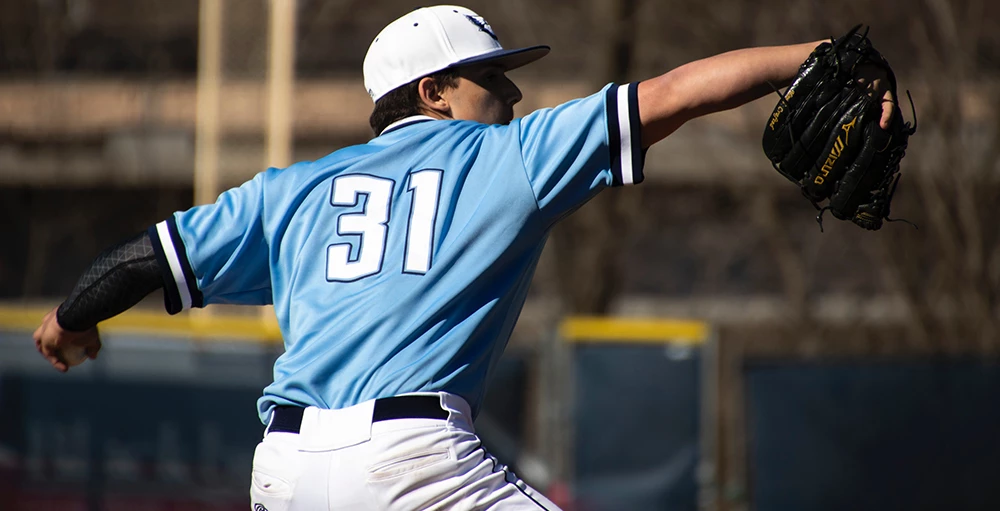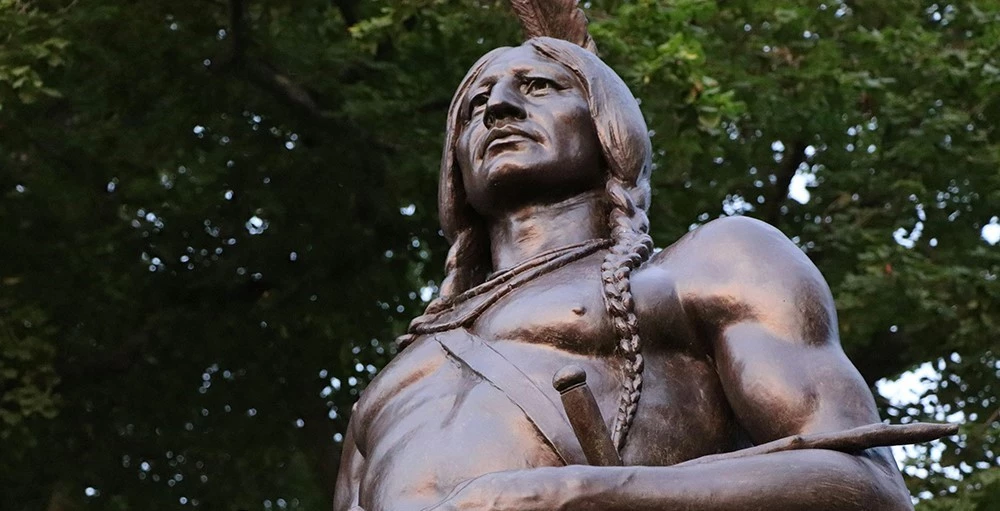Student-athletes, with their futures in front of them, are often presented with financial opportunities at an early age. Many begin to build nest eggs as soon as they reach the professional level, with a path to lasting wealth.
However, many of these rising stars lack the knowledge and skills to capitalize on these opportunities, leaving them unprepared to manage their wealth both pre and post-graduation.
As the burden of financial education falls on their parents and other family members, the need to better equip and empower student-athletes with financial literacy skills becomes increasingly more pressing. This article will take a look at the deep-seated financial literacy gap among student-athletes and discuss the measures that must be taken to bridge it.
Getting Compensated for Their Talents
Collegiate athletes have only recently begun to receive formal payment for their skills. The National Collegiate Athletic Association (NCAA) only approved student-athletes to receive compensation for the use of their name, image, and likeness (NIL) in 2021.1 To date, over 450,000 student-athletes have profited from NIL deals, having partnered with both local businesses and large brands alike.2
For many of these student-athletes, the chance to finally be paid for their talents serves as a leap forward. It offers them the opportunity to start establishing financial security for themselves in the present and future.
However, there are inherent risks that come with sudden wealth. For most young people, suddenly receiving a large sum of money is a learning process as well as an opportunity. Poorly managed, this sum could vanish quickly – undermining student success and leaving the young athlete to grapple with financial hardship.
Lack of Financial Literacy
With education, these young people could learn how to wisely manage money and convert this short-term payment into long-term security. Unfortunately, many educational institutions do not prioritize teaching financial literacy to their students.
According to a 2022 Next Gen Personal Finance report, only eight states currently mandate financial literacy courses in their public high schools (though seven states are moving to implement a similar mandate in the coming future).3 In addition to the lack of financial literacy education, Next Gen also reported that only 22.7% of high school graduates had completed a standalone Personal Finance course.
The result of this lack of formal instruction is a significant financial literacy gap among young athletes and the general population alike. Without being provided with the necessary schooling, many student-athletes enter into professional contracts without learning how to manage their newfound money responsibly.
Keep Reading: How Colleges Can Successfully Prepare Their Student-Athletes for NIL
Loans and Debt
The difficulties of financial literacy are exacerbated even further when athletes arrive at a professional level and sign their contracts. Loans are often necessary for even high-profile incoming recruits to obtain a higher education, which can result in unexpected interest rates and unclear repayment timelines for those lacking financial literacy.
This isn't just speculation – The U.S. News & World Report found that in a survey of roughly 30,000 college students, 37% were unable to afford the student loans they had taken on.4
An argument could be made that athletic scholarships negate the concern of student loan debt and that athletes can reap the benefits without taking on any loans whatsoever. But despite the $3 billion awarded in athletic scholarships each year,5 about 60% of athletes left college with some form of debt from student loans.6
Promising student-athletes may agree to take on debt they won't be able to repay, even before they even step foot on the field or court as professionals.
To ensure smart borrowing and lower student loan delinquency rates, these athletes must be given the tools needed to make responsible decisions with their newfound wealth.
Financial Success
Thankfully, immediate action can be taken to assist student-athletes in learning financial literacy. As of 2022, the three-year student loan default rate in the U.S. was 2.3%.7 Lower student loan default rates give student-athletes a cushion when entering the world of finance and managing wealth, giving the colleges they represent time to provide the foundation for all students to develop proper financial habits.
Properly educating student-athletes on how to manage their new income not only prevents financial pitfalls but educational ones, as well. Time and time again, studies have shown the connection between financial distress and lower college graduation rates.
Financial literacy helps to solve this issue, ushering students into a more secure financial future. College financial literacy programs not only facilitate the completion of a college degree but have also been shown to help students complete their four-year degrees on time.
When student-athletes are more educated and aware of their finances, they are given the chance to lead less stressful college careers.
A Financial Literacy Program Can Help
Given the tremendous opportunity wealthy athletes are presented with, they must understand how to properly manage their money and convert newfound fortunes into lifelong success.
Without access to proper financial education, college athletic stars may fall victim to loan debt or squander away nest eggs before ever reaching the professional stage. Efforts must be made to bridge this financial literacy gap among athletes to ensure collegiate athletes enter tomorrow with sustainable wealth and financial freedom.
You can play a part in bringing forth the necessary shift in financial literacy. iGrad's financial literacy program brings essential college financial literacy support and education to students, helping them bridge the financial literacy gap.
Utilizing interactive learning tools, video-based counseling sessions, and a personalized platform specifically tailored to student-athletes, iGrad ensures students are equipped with the knowledge and skills necessary to thrive in today's dynamic economy.
Get started today, and provide an opportunity for college athletes to make smart decisions with their finances.
1 - https://www.ncaa.org/news/2021/6/30/ncaa-adopts-interim-name-image-and-likeness-policy.aspx
2 - https://en.as.com/ncaa/how-much-money-can-college-athletes-make-with-nil-marketing-endorsement-deals-n-2/
3 - https://d3f7q2msm2165u.cloudfront.net/aaa-content/user/files/Files/NGPFAnnualReport_2022.pdf
4 - https://money.usnews.com/loans/student-loans/articles/survey-almost-four-in-10-cant-afford-their-student-loan-payments
5 - https://www.debt.org/students/athletic-scholarships/
6 - https://www.statista.com/statistics/1130678/debt-ncaa-student-athletes/
7 - https://fsapartners.ed.gov/knowledge-center/library/electronic-announcements/2022-10-03/national-default-rate-briefing-fy-2019-official-cohort-default-rates-updated-dec-15-2022








